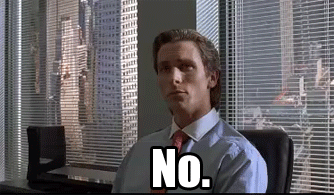
No, that’s not why this commercial was so successful. It was because it told a true story. So real and authentic, that it managed to touch and light up a section of the brain associated with our emotions (which frankly I don’t remember the name of), and made us feel an “Idunnowhat” which left the story of Messi, the concept of the campaign, and the brand impregnated in our memory for years.
Everyone remembers even today, (7 years after the commercial was published) that Messi had a problem with growth hormones. We all retained the moral in our minds that sometimes the bad isn’t always that bad and can even result in something positive. We were left with the phrase: “Impossible is nothing” resonating like a scream of glory in our ears, and since then we associate Adidas with that spirit.
Good: THAT is storytelling. What we can remember today, reveals the power of the story. So, we have to harness the power of social networks, not just to “share” content, but to “tell it”, and to “narrate” the brand. Don’t take social media platforms as ANOTHER distribution channel, but rather as a conversation channel, a transmission of experiences, feelings, values , dreams, failures, successes, truths , etc. . , Always respecting the nature of each social network.
Sincerely, hand over heart, 90% of consumers and potential consumers are not interested at all in marketing. They care about what the brand promises, how the message of this brand makes us feel, and how we’ll see ourselves along with the rest of society, consuming that brand.
So, as the great Gary Vaynerchuk says in his excellent presentation on storytelling:
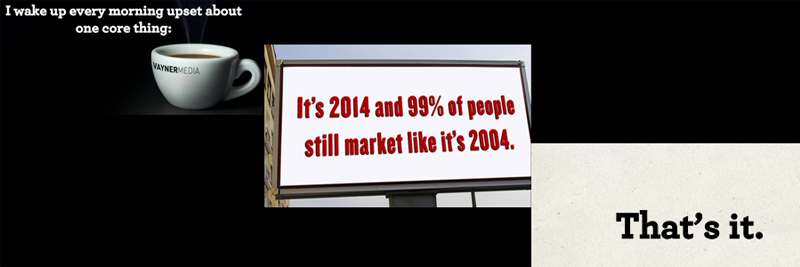
MARKETING 2004 So that we can learn to do a better job in 2014, this article will tell marketers , community managers , social media managers, content Strategists or as one reader put it “all-ogists” why storytelling in social networks is the format that is a MUST have for all content strategy in 2014. What is it? Why implement it? How do the big brands use it? Tips?? are just some of the topics that we’ll develop throughout this article.
What is it and why should brands use social media storytelling?
We could say, without going into epistemological details of the word, its use in the construction of the social imaginary, or its impact on culture and religion from ancient times of humanity, that for all intents and purposes in which marketers are involved in, storytelling is:
the “art” of giving shape and meaning to a piece of information that’s dull and boring.
In advertising, it’s also one of the most powerful tools of persuasion, that is, to combine an idea with an emotion. As stated by Christian Salmon in his book, storytelling is what allows brands and products to ‘un-thing-themselves’ so that they can actually speak and captivate.
A fantastic example of the purpose of “un-thinging” and captivating, is given by the biggest product of all: The GOOGLE search engine.
Using a campaign from Google India, they accomplished to make an excellent demonstration of the product, the way we do it today: with storytelling. I didn’t understand a single word of the dialogue that progressed throughout the commercial, but the images, the characters and their actions, were enough to take me through the narrative journey, captivate me, and fill me with excitement (yes, yes, yes. I cried. I confess.)
Needless to say, to me it’s super clear how Google adds value to people’s lives, and why my loyalty to the brand is worth it.
Why should we use it?
As we said in the introduction of this article using the example of ” Impossible is Nothing”, storytelling works very well because :
- Its “cause and effect ” narrative structure is the same one our brain uses to configure thoughts, everyday speech, and decisions (at least some decisions). This formula is present in common day-to-day dialogues between lifelong friends and colleagues, for example, telling them what happened after work , about meeting a girl , giving an explanation, etc.
- When stories are well constructed and narrated in storytelling, and its characters are authentic, exciting, and the experiences that are transmitted are rich , real and universal, a strong and powerful product that moves us and makes us feel is generated. Uniting an idea with an emotion, and in turn being able to feel, allows the concepts, ideas, statistics, dates, colors, and all that comes with the story, to be stuck and retained in our mind.
- The emotional process in which we get involved in through storytelling gets rid of the skepticism, we’re somehow stripped of our rational considerations that we could have had, if, for example, only the attributes of a product were listed off during the commercial.
- The old way of “advertising” works less and less each day. It gets really difficult to get someone to stop on the street to look at a graph, or to not skip a commercial on TV, or to not close a advertisment window on a web page, or find someone who actually wants to open the 200 promotional emails coming into their box. Storytelling, however, will continue to be so strong and effective because it’s part of the intrinsic nature of human life.
- “People don’t buy products, but rather the stories that these products represent. Nor do they buy brands, but rather the myths and archetypes that these brands symbolize” (Quote from the book ” Storytelling: The story making machine and formatting minds”)
Apart from these reasons, there’s another example that could take away any remaining doubts about the strength of a story. Isn’t the Bible the biggest example of “storytelling “? Wow! those apostles knew how to market! Imagine transmitting all those experiences and all that knowledge through just an enumerated list of concepts… To start closing these ideas, I’ll quote Bernadette Jiwa. In one of her articles, she mentioned:
“Story is how Starbucks created a whole new coffee category and elevated itself above its competitors. That story is the reason my client Kelly drives 4 kilometers, passing Dunkin Donuts and 7 Eleven on the way to pay three times more for a cup of coffee every morning.
Starbucks didn’t simply set out to sell coffee at premium prices, their mission was to be ‘the third place’. Brands like Starbucks and Apple are built on so much more than the utility and specifications of their products. Your product is only part of the story. A potential customer’s relationship with your brand will likely begin before they actually purchase your product at all.“
How do brands use storytelling in social networks?
We could say, Red Bull, we could say Oreo, the machine of happiness (Coca-Cola), or McDonald’s, but we can also say Obama. The best leaders, businessmen, stockbrokers, professors, filmmakers, writers, and media personalities who’ve earned the preference and trust of the people, are those who have managed to do storytelling for their lives, for their personal brand, for their profession, for their product. Authenticity, simplicity, universality, authenticity, emotion… these are just some of the elements of a successful story.
Examples:
Youtube
Skype also did an excellent job positioning their product using the resource of storytelling:
https://www.youtube.com/watch?v=5nRKyQ11494#t=125
P&G
The famous spot for P&G for the Olympics in 2012 is an excellent piece of storytelling. It had nothing to do with the product, it had nothing to do with the business or the business industry. It was another positioning action and brand sponsorship that utilized an emotional story. A story with which a company can convey it’s values, and it’s position on any given issue.
https://www.youtube.com/watch?v=5KlS45U7-O4
Vine
Dove shows great consistency in it’s message by storytelling on any given social media channel.
Coca-Cola also knows how to capitalize on Vine and convey its spirit very well.
Images also convey stories, feelings, and values. Many of the social media platforms are changing their appearance and structure at full steam in order to make them more compatible with visual storytelling: more space for photos, albums, and videos, just as we’ve stated in our guide of dimensions and sizes of images to social networks.-
Storytelling with pictures:
A situation also tells us something. These dinosaurs and their nocturnal antics became very famous thanks to a few creative parents, who sought to encourage their children to sleep throughout the entire night. If they did, the next day they would show them the mischievousness that dinosaurs are up to while they sleep. The blog where the photos were published had more than 3.5 million views, and now they have a Facebook page with tons of followers.

Starbucks, with more than 36 million fans, obviously knows how to do visual storytelling with it’s photos, and in turn convey what the company represents:
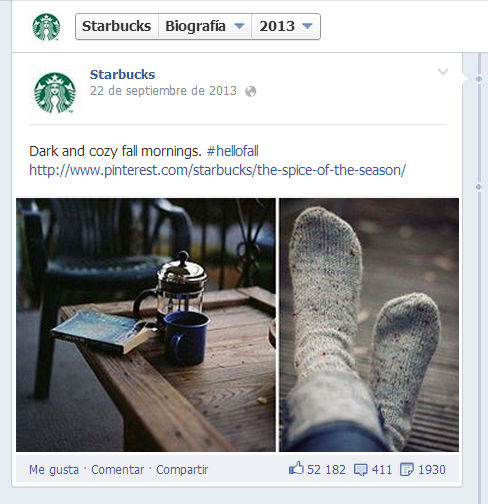
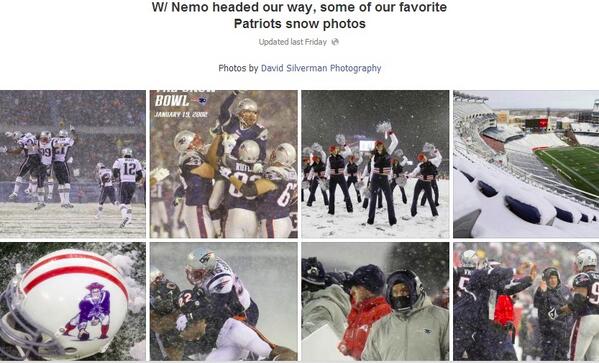
Obama: Honestly, it’s not about being in favor of Obama, or not. I haven’t actually formed a political opinion about it, but we must admit that this gentleman knows how and knew how to do an excellent job with his personal branding, either from his speeches or on a visual level. His style to convey his ideas and messages, as well as sharing images, is part of building his story.
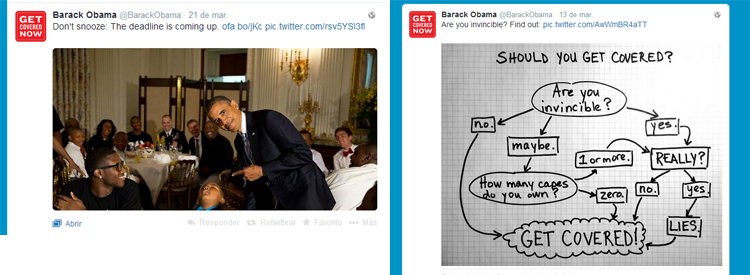
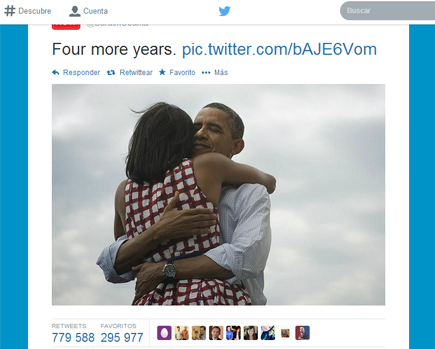
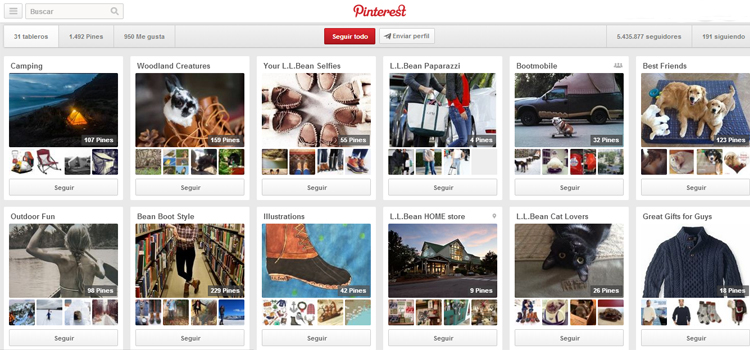
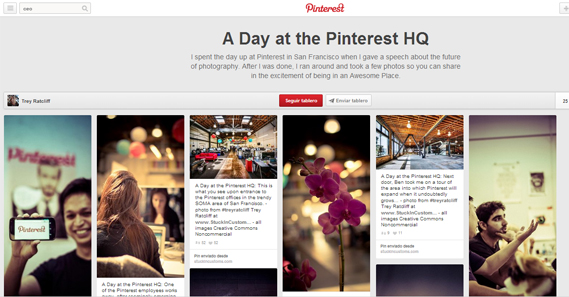
Nike is one of the highest rated brands on Instagram, but if I could give my personal opinion, I think Red Bull has achieved a better job telling their brand and conveying it’s spirit through this channel: 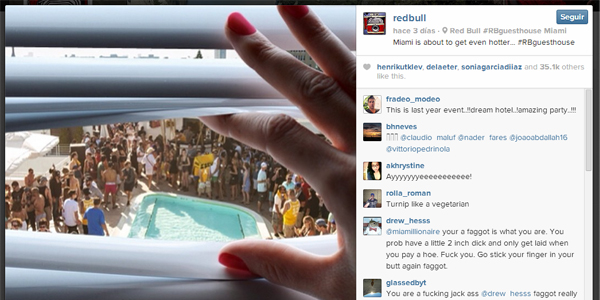 And this next video, it’s just an excellent way to position a brand, do storytelling, and go viral. Ah! If you want to read a simple guide on “How to make something go viral,” don’t miss reading this article —> this. This is also very funny, and we can use it as a little reading break from this article: Pepsi Max: https://www.youtube.com/watch?v=Q5mHPo2yDG8
And this next video, it’s just an excellent way to position a brand, do storytelling, and go viral. Ah! If you want to read a simple guide on “How to make something go viral,” don’t miss reading this article —> this. This is also very funny, and we can use it as a little reading break from this article: Pepsi Max: https://www.youtube.com/watch?v=Q5mHPo2yDG8
Tips: storytelling in social networks.
As we saw in the previous section, storytelling is not only achieved through a blockbuster film, but also through a speech or an image. What’s important is WHAT we transmit or say in a sentence with less than 140 characters, or through a photo album on Facebook, a blackboard well organized with beautiful objects on Pinterest, or microvideo on Vine.
So … how do I do it?
Whether it be a picture, video, or speech, the story should: 1- Reveal something personal, intimate, or unknown about the person or brand, otherwise it’s boring. 2- Connect us with a specific emotion: fear, desire, anger or happiness, otherwise it won’t mobilize people into action. 3- Take us on an imaginary narrative journey (if a photo) or actual (speech or video), where it allows us to experience a transformation from the beginning, the knot, and outcome. Without this trip, there’s no story. From a photo spontaneously showing the dynamics behind closed doors of a business, office, factory, kitchen, or how a CEO prepares to play football with his colleagues on a day off, to even the President selecting the tie to be used to go give a speech that millions of people will hear, is all part of storytelling.
And… what can we use to storytell?
1- Tell us about you/the origins of the brand. Make a little history. Tell people how it all started in a small office, or how young and skinny you or your partner were in comparison to nowadays. People want to be given the faith, that we can ALL reach our “dreams”. They want sincerity and want to know the “real” side of things. People are looking for a business version of the Cinderella story.
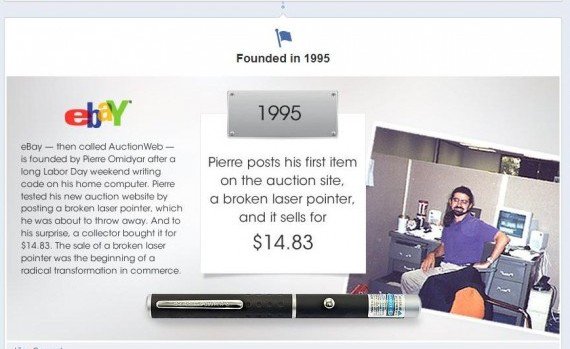
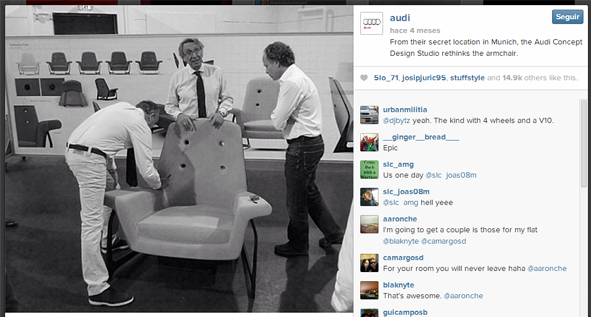
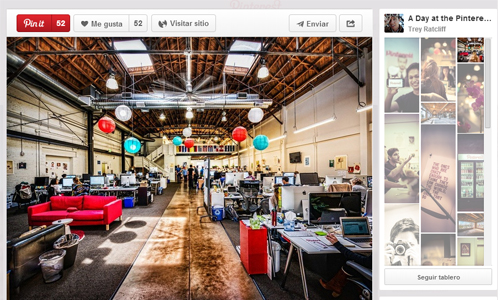
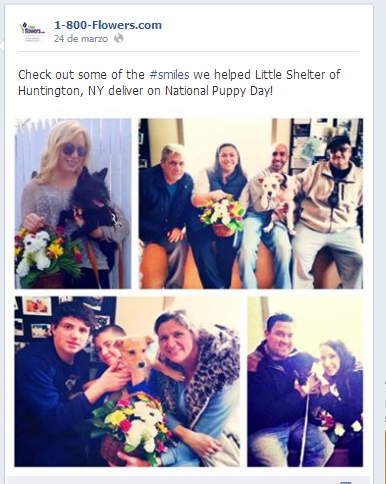
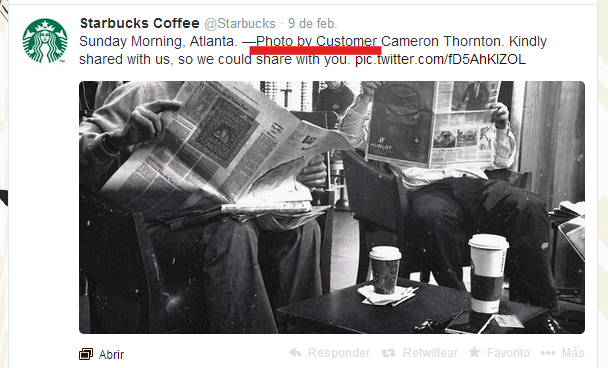
- Photos of the office or business
- Pictures of customers using products or services
- Old photos that show how things were before
- “Before and After” photos
- Photos of the staff or founders
- Photos from fans
- Photo collage of what the brand may represent
In Facebook, it’s good to take advantage of the timeline and complete it with material and highlights from the beginning of the brand. That is also storytelling. On Facebook and Twitter, all of the information or biography should include values , or convey the personality of the company. Say who you are, what you stand for, and what voice your brand has.
Conclusion, if there had to be one:
Storytelling is everywhere, and it’s the only format that has transcended and will continue to transcend in time. Today social networks understand that and therefore they’re constantly adapting their platforms, just like companies design phones with larger screens. We can see that everything is designed for the visual and so that people, using various channels and devices, can tell their stories and also be the audience of another. So, the key for 2014, 2015, 2016, etc. . . . , is storytelling in social networks, also beginnning with knowing the profile of the users and how they interact and relate to different platforms, as each one requires different uses. It’s fundamental to have an understanding of the “culture” or idiosyncrasies of each. Quoting again Gary vaynerchuk:

